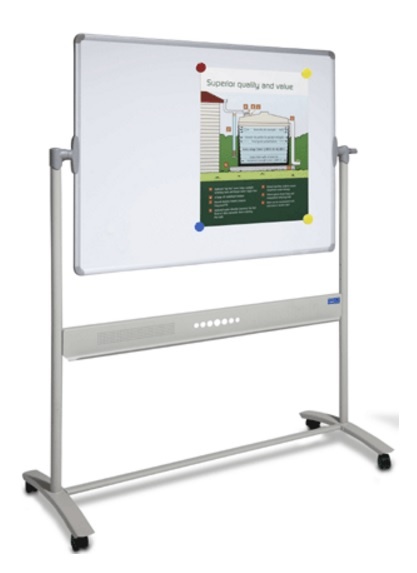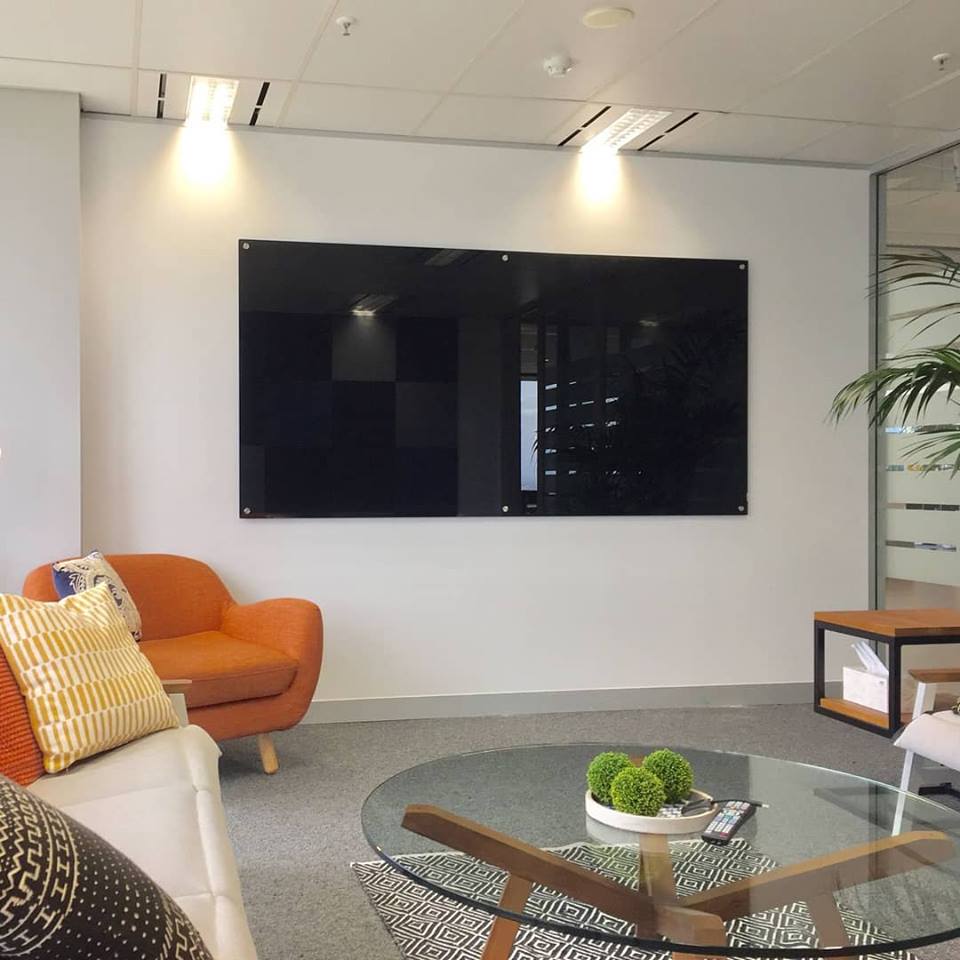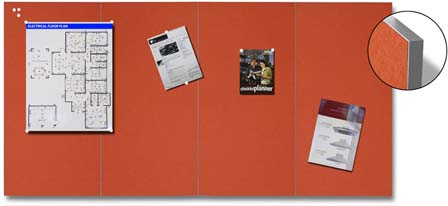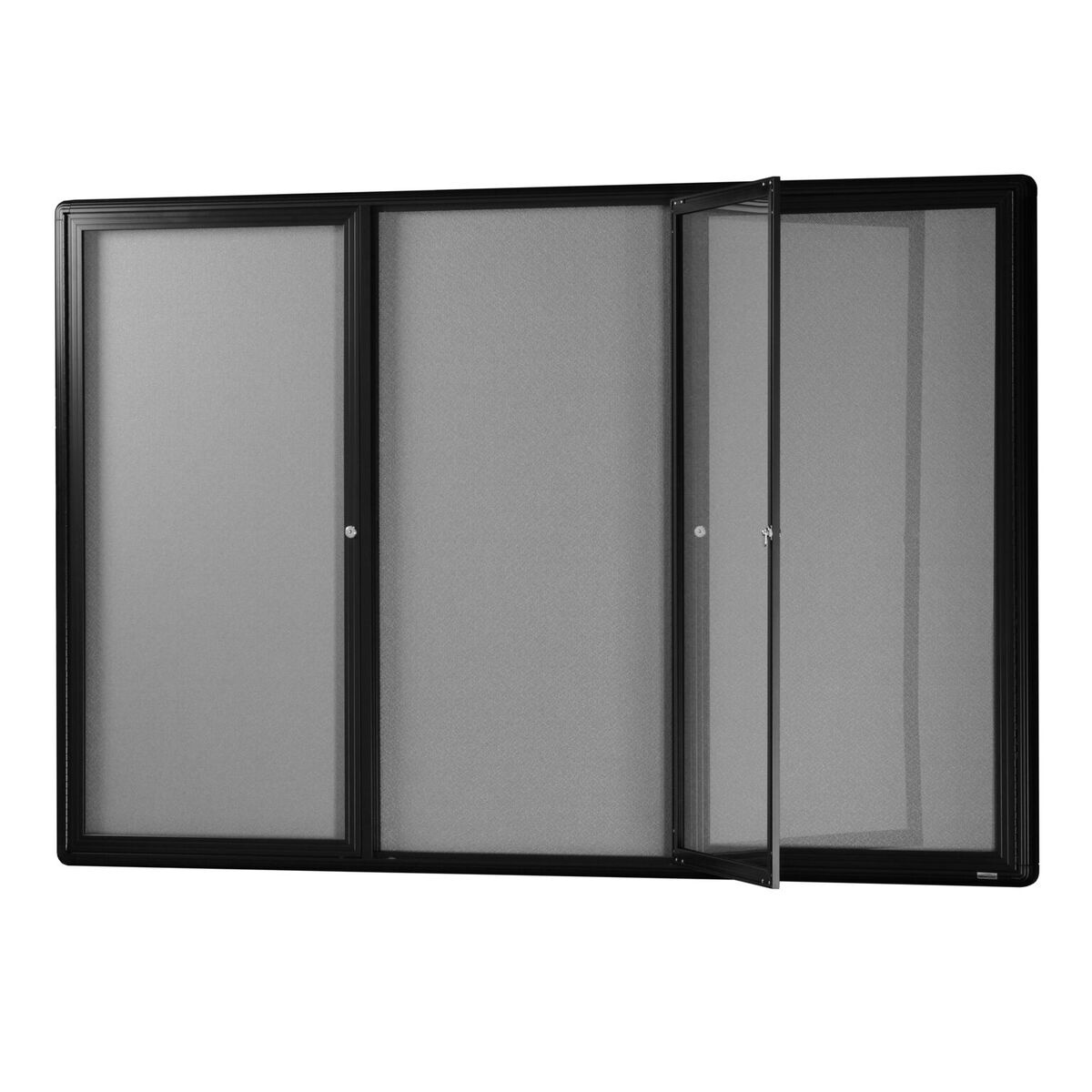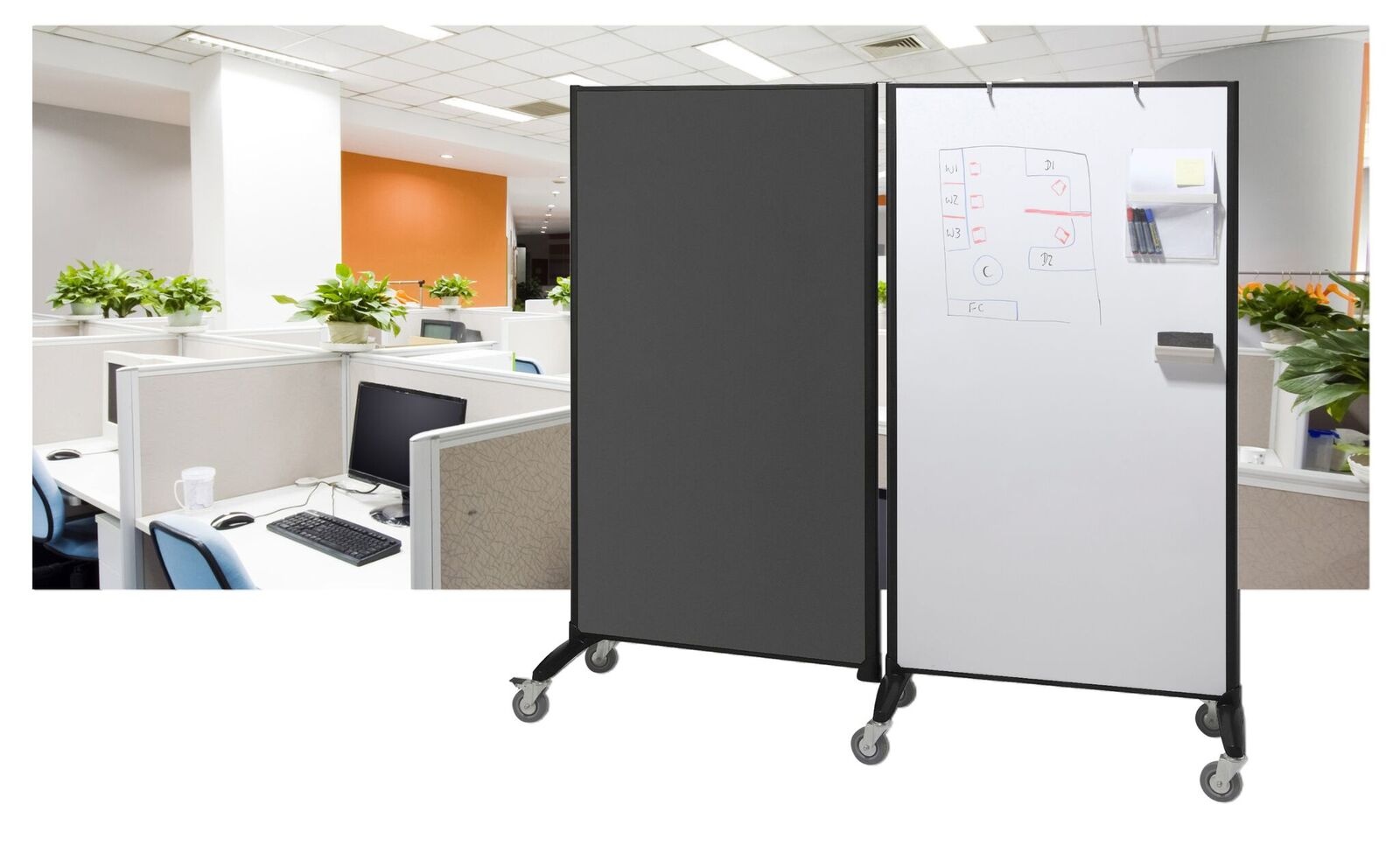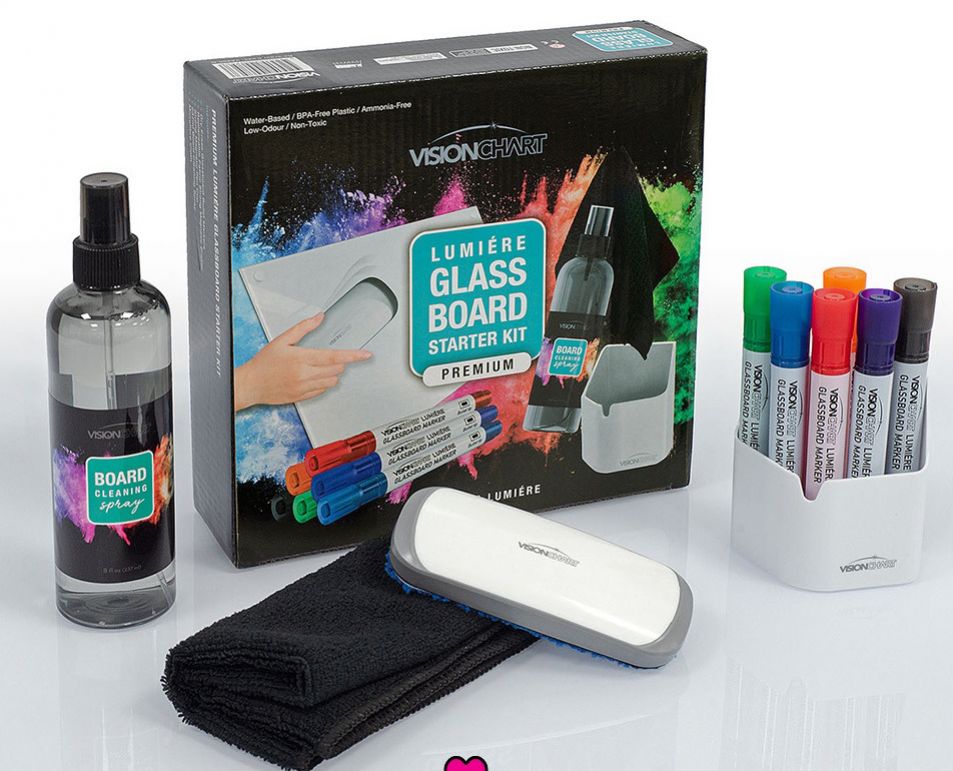Giving a Presentation using a pivoting WhiteBoard with two sides.
Probably everyone in the business world has had the experience of having to sit through the ‘presentation from hell’.
You know the one I mean. The one where someone reads out their notes verbatim with a voice that drones on and on AND ON.
You look at the clock on the wall and the hands suddenly start to look like they’re going backwards. You start thinking that prisoners getting six months of solitary confinement in jail have it easy in comparison.
If only the speaker had spent some time planning how to make the presentation effective before giving it…
Pre-Presentation Planning
Presenters effectively have two goals, both of which need to be achieved.
One is to give out information and the other is to do it in a way where the audience is receptive to that information. The ‘presentation from hell’ speaker succeeded with one goal but failed miserably with the other.
What should he have done? He should have used a double-sided flip whiteboard.
Audiences are more receptive if you talk to them rather than read at them. Instead of writing notes and reading them verbatim, he should have written out the key ideas on one side of the whiteboard beforehand using headings and bullet points. Then he could refer to and point to that information while presenting.
During the Presentation
During the presentation is when the speaker should have used the other side of a double-sided flip whiteboard.
By talking about the key ideas rather than reading out notes, the audience would have been receptive. And this receptiveness would have been heightened if he’d continued the presentation by flipping the whiteboard over for an interactive communication session.
At the beginning of this session, the side of the whiteboard he’s using needs to be blank. He shouldn’t erase the notes on the other side in case he needs to refer to them during the interaction with the audience.
The goal of the interactive presentation section is to discuss the ideas presented and use the collective expertise of the people in the room to find the best possible procedures or solutions in regard to the topic of the presentation.
For example, if the presentation is about how to improve sales, there may be some strategies that the presenter doesn’t know or didn’t fully develop. Including an interactive presentation section using a double-sided flip whiteboard gives members of the audience a chance to voice opinions and take ownership of final decisions.
It’s Your Turn
Giving a presentation for many people can be an extremely harrowing experience. A great way to reduce nerves and anxiety is to address common mistakes that presenters make beforehand. Then you can walk into the room feeling confident that at least you’re well prepared.
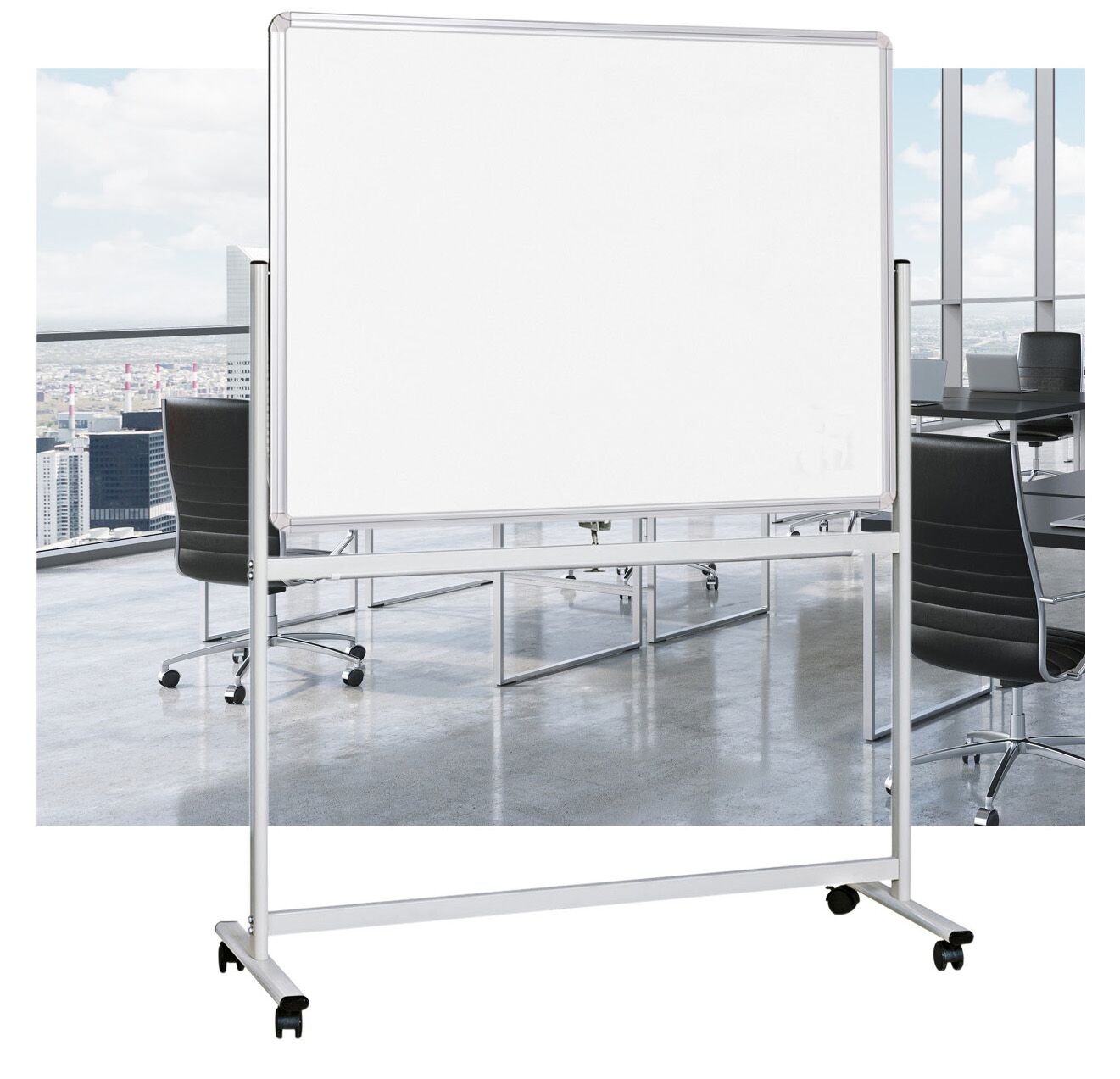 Presentation Tips
Presentation Tips
1. Know your material.
Reading verbatim, the number one cardinal mistake of public speaking, usually occurs because you’re not familiar enough with your material. If you can’t make enough time to gain the requisite familiarity, you shouldn’t be speaking in the first place.
2. Simplify complex content.
Audiences often aren’t used to listening to a long talk, especially if it’s being given by someone who’s inexperienced. It’s important to give your information in digestible chunks. If you must give complex content, give them a handout to read later or send it by email.
3. Be careful where you stand.
When speaking and referring to information on a whiteboard, stand to the side of the whiteboard. A basic error that many presenters make is to block parts of the information on a whiteboard with their body.
4. Neatness and size matters.
Make sure that key ideas – the headings and the bullet points – are written neatly and are big enough for the people at the back of the room to read easily.
Also, practice your writing so that when you come to the interactive communication session, the layout of your writing isn’t crowded in any particular area of the whiteboard.
5. Eye contact and tone of voice
Maintaining eye contact and varying your tone of voice makes your presentation more interesting. You only have a minute or two to connect with your audience – if you don’t, they’ll switch off and stop paying attention. Good eye contact and tone of voice prevents this from happening.
6. Use a double-sided flip whiteboard
Why choose a JustBoards whiteboard?
JustBoards will help you find the best solutions. We offer Australia wide delivery to your door. Contact us today on 1800 654 917 or at info@justboards.com.au.
